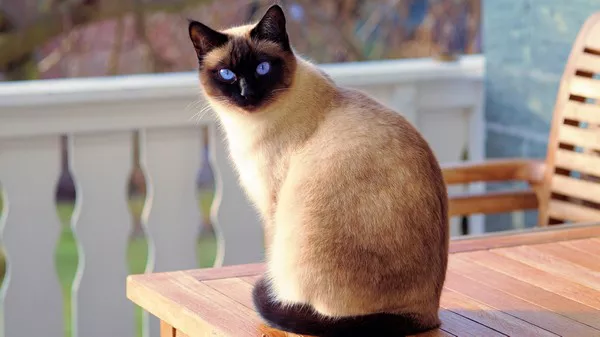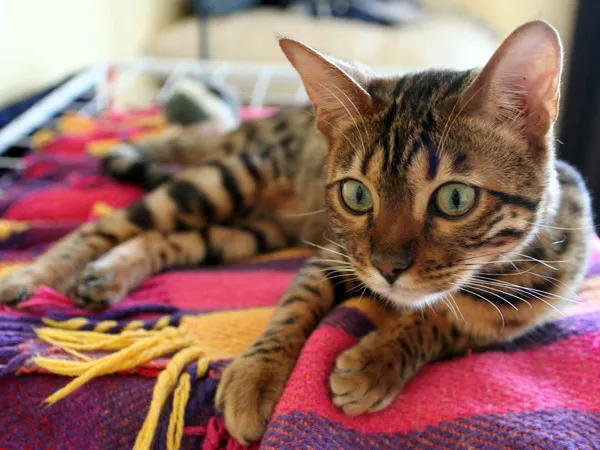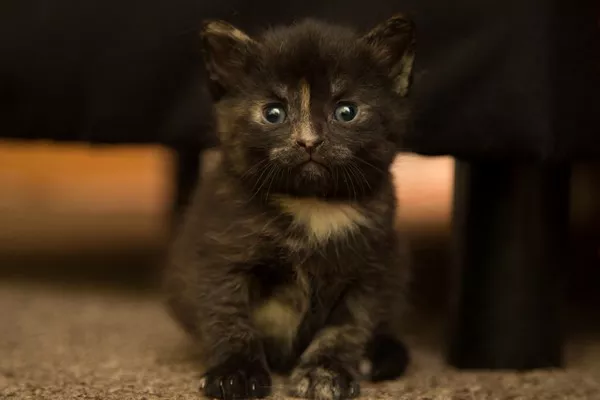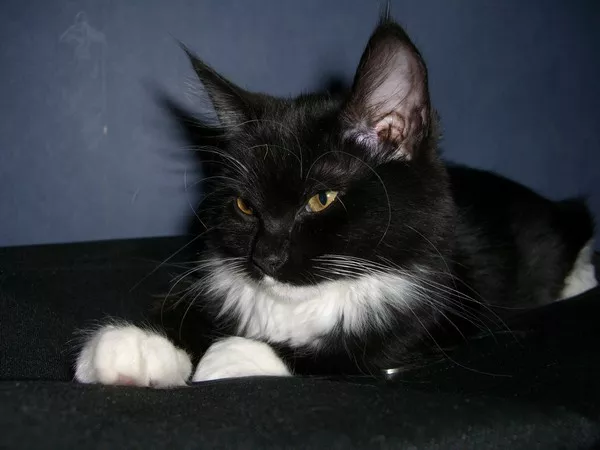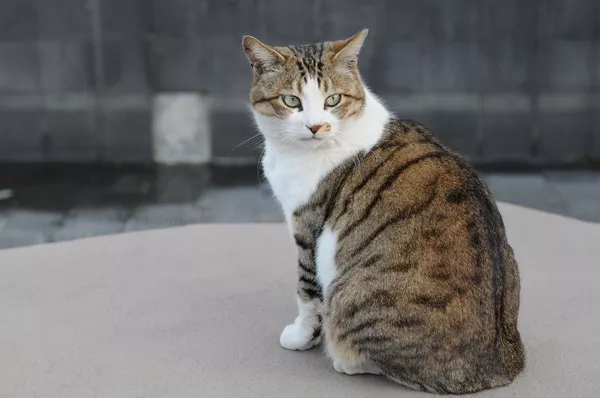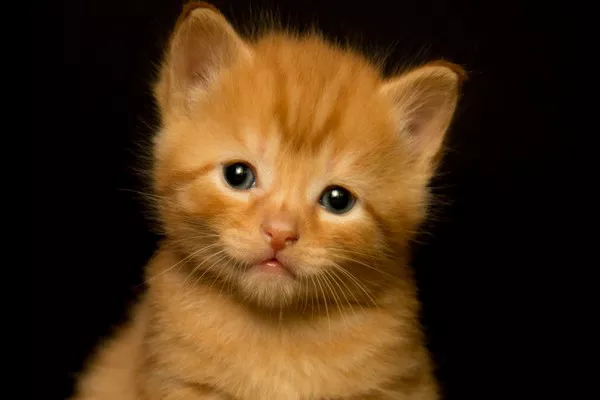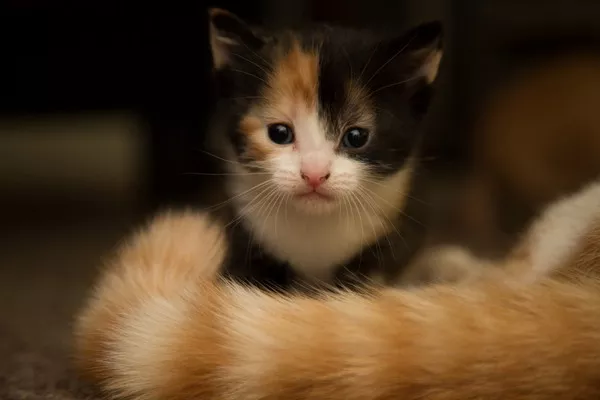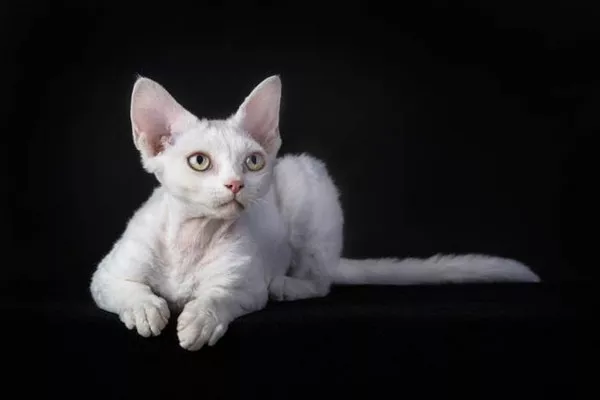Cats have been our beloved companions for centuries, captivating us with their charm and unique behaviors. One aspect of their nature that cat enthusiasts often inquire about is their reproductive capacity. How many litters can a cat birth in one year? In this article, we will delve into the intricacies of feline reproduction, exploring the factors that influence breeding patterns, the average number of litters per year, and the importance of responsible breeding practices.
The Estrous Cycle of Cats
1. Polyestrous Nature
Cats are polyestrous animals, which means they experience multiple estrous cycles throughout the year. Unlike some mammals that have a specific breeding season, cats are capable of reproducing year-round.
2. Seasonal Variations
While cats can reproduce throughout the year, there may be seasonal variations in their breeding activity. Some cats may exhibit increased breeding behavior during certain times of the year.
See Also: How Many Kittens Does an American Curl Have: Average Litter Size
Factors Influencing Breeding Patterns
1. Daylight Duration
The length of daylight can influence a cat’s breeding behavior. Longer daylight hours, typically associated with spring and summer, may trigger hormonal changes that promote reproduction.
2. Environmental Factors
Environmental conditions, such as temperature and availability of food, can impact a cat’s reproductive activity. Adequate resources are essential for supporting healthy pregnancies and raising kittens.
See Also: Chartreux Cats: Litter Size & Reproduction
Gestation Period and Litter Size
1. Gestation Period
The average gestation period for a cat is approximately 63 days. This period refers to the time between conception and birth.
2. Litter Size
Litter sizes can vary widely among cat breeds and individual cats. On average, a cat can give birth to a litter of 4 to 6 kittens, but litters with fewer or more kittens are not uncommon.
Number of Litters Per Year
1. Frequency of Estrous Cycles
Due to their polyestrous nature, a cat can experience multiple estrous cycles in a year. This provides them with the potential to give birth to multiple litters annually.
2. Breeding Frequency
While cats are capable of multiple pregnancies in a year, responsible breeders prioritize the health and well-being of both the mother cat and kittens. Breeding cats too frequently can lead to health issues and stress.
Importance of Responsible Breeding
1. Health Considerations
Breeding too often can take a toll on a cat’s physical health. Pregnancy and lactation require significant energy, and inadequate recovery time between litters can lead to exhaustion and complications.
2. Emotional Well-Being
Cats also need time to recover emotionally after giving birth and caring for their kittens. Frequent breeding can disrupt the mother cat’s emotional well-being.
Breeding Ethics and Practices
1. Avoiding Overbreeding
Responsible breeders prioritize the health and welfare of their cats. Overbreeding can contribute to overpopulation and result in unwanted kittens that may end up in shelters.
2. Educating Pet Owners
Educating pet owners about feline reproduction and responsible breeding practices is crucial. Encouraging spaying and neutering helps control the cat population and ensures the well-being of individual cats.
Impact of Spaying and Neutering
1. Population Control
Spaying (for females) and neutering (for males) are common procedures that help control the cat population and prevent unwanted litters.
2. Health Benefits
Spaying and neutering also offer health benefits, including a reduced risk of certain reproductive-related diseases and behaviors.
Conclusion
In conclusion, while cats are capable of giving birth to multiple litters in a year due to their polyestrous nature, responsible breeding practices prioritize the health and welfare of both mother cats and kittens. Environmental factors, daylight duration, and the cat’s overall well-being influence breeding patterns. Educating pet owners about the importance of spaying, neutering, and responsible breeding is crucial for controlling the cat population and ensuring the health and happiness of feline companions. As we continue to share our lives with these wonderful creatures, understanding their reproductive behaviors contributes to our ability to provide them with the best care and support.

